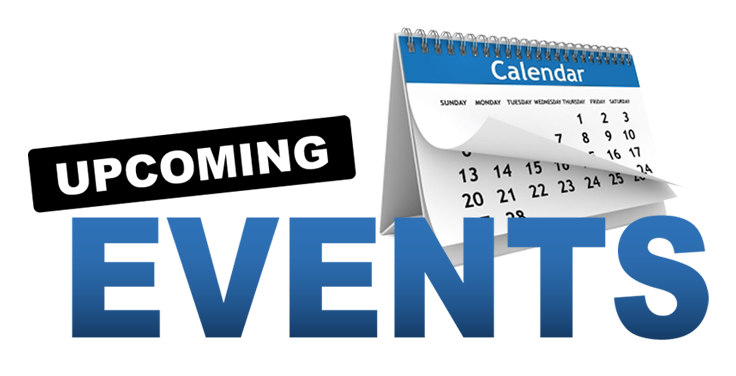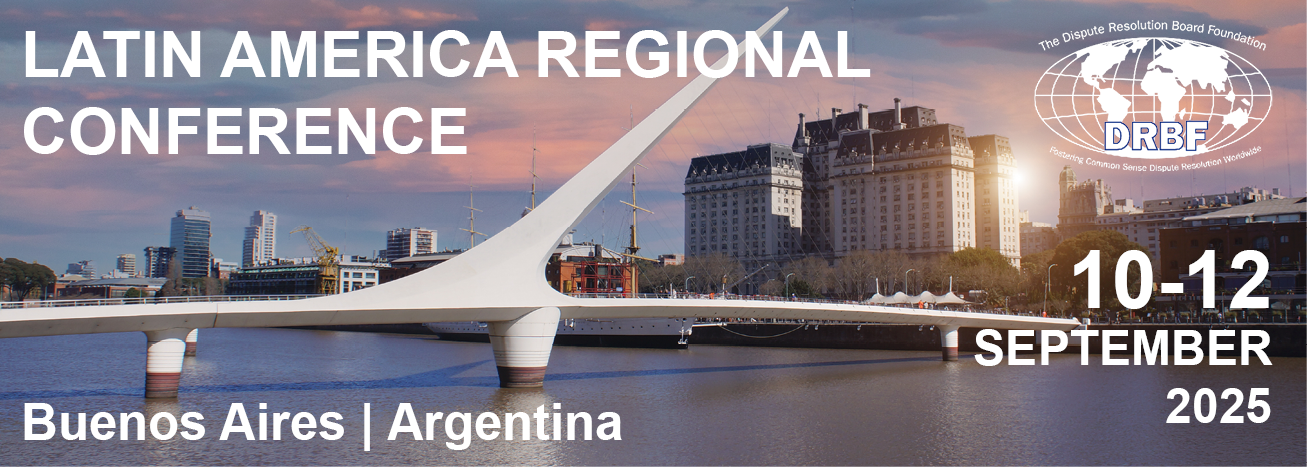Dispute Board FAQsDoes it really work? How effective is it?DBs have proven to be exceptionally effective. The DRBF records indicate the process has been employed on over 2,700 projects, aggregating some US$270 billion in construction costs. Owner studies and analysis of the DRBF database show 85-98% of recommendations/decisions have not gone on to further arbitration or litigation, delivering substantial cost and time savings Does the mere presence of a DB encourage contractor claims and disputes?No, the experience has been quite to the contrary. The presence of a DB has had a prophylactic effect, deterring the assertion of contractor claims and disputes. On construction projects having DBs, the average number of disputes taken to the Board has been only 1.2 per project. This is considerably less than the average number of disputes taken to court or arbitration on projects without Boards. Do DBs interfere with timely completion of the project?No, they do not. DB hearings are typically conducted right on the project site. Board members are familiar with the project by virtue of their having attended regular quarterly status meetings and having reviewed monthly progress reports. They were selected in the first instance based upon their experience in construction of similar projects. DB procedures are informal and simplified in comparison with court or arbitration proceedings. Attorneys are encouraged not to attend hearings and, if they do attend, they are rarely permitted to make presentations or participate in the proceedings. As a result, DB hearings are short and do not disrupt construction or adversely impact job progress. How much does a DB cost? Does it add value?DB costs range from 0.05% of final construction contract cost, for relatively dispute-free projects, to a maximum of 0.25% for difficult projects with disputes. Considering only projects that refer disputes to the DB or that had difficult problems, the cost ranges from 0.04% to 0.26% with an average of 0.15% of final construction contract cost, including an average of four dispute recommendations. What are the types of DBs?The most common DB is the standing Board with three members chosen jointly by the owner and the contractor. Another type uses a single advisor, typically used for smaller projects or shorter duration. Both the contractor and owner agree on a single advisor to work as a neutral party to help resolve construction disputes. Other forms include Combined Dispute Boards and Dispute Avoidance Boards. All standing Boards offer significant dispute avoidance benefits. Some Boards feature non-binding recommendations and others feature binding decisions, depending on the contract and legal jurisdiction. Do DBs promote acrimony or posturing among the parties?No, they do not. DB hearings are typically conducted right on the project site. Board members are familiar with the project by virtue of their having attended regular quarterly status meetings and having reviewed monthly progress reports. They were selected in the first instance based upon their experience in construction of similar projects. DB procedures are informal and simplified in comparison with court or arbitration proceedings. Attorneys are encouraged not to attend hearings and, if they do attend, they are rarely permitted to make presentations or participate in the proceedings. As a result, DB hearings are short and do not disrupt construction or adversely impact job progress. Is there a DB that would work for smaller projects such as a school, mall, or small building?Yes, single advisor DBs may be used on smaller projects under US$10 million in costs. Projects that are larger than US$10 million in construction costs should use the standard three-member DB. Who pays for the DB?Typically, the project owner/employer and contractor each pay 50% of the DB costs. |




